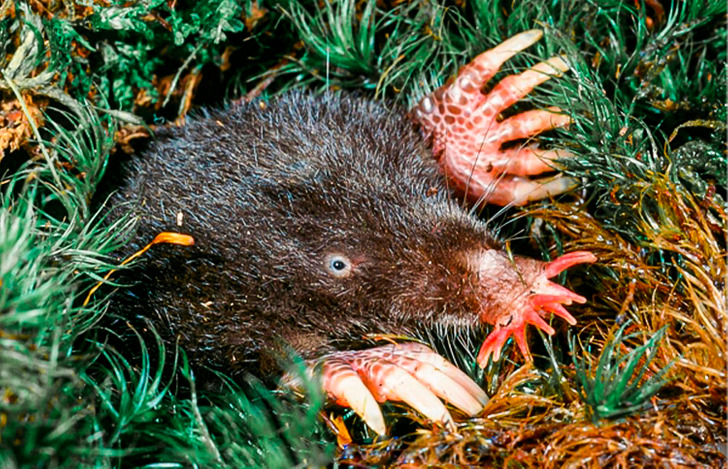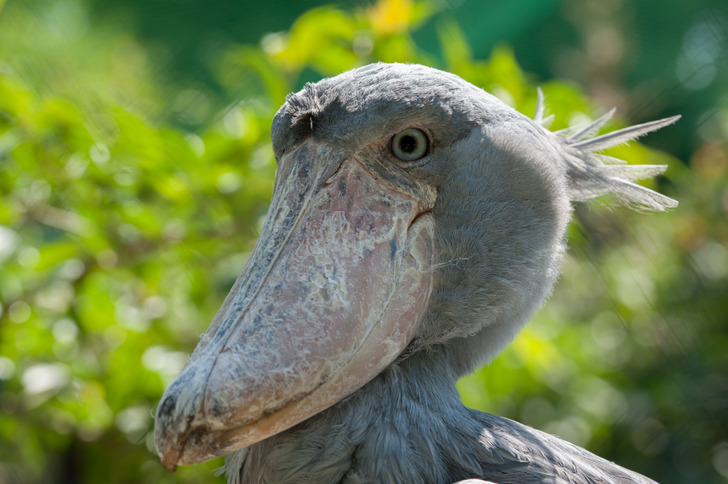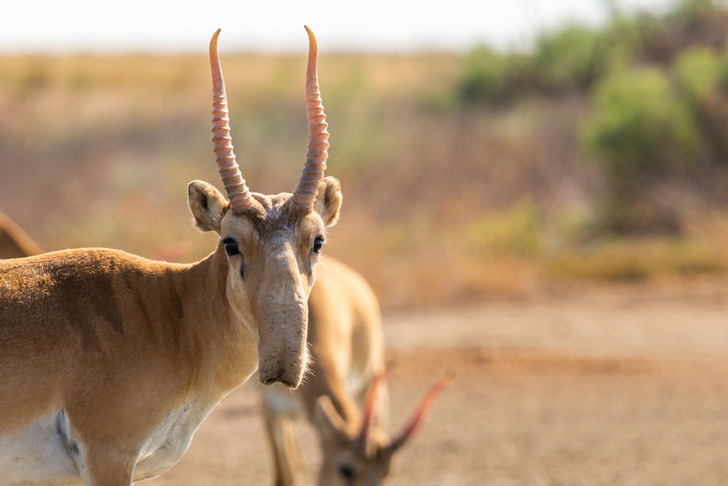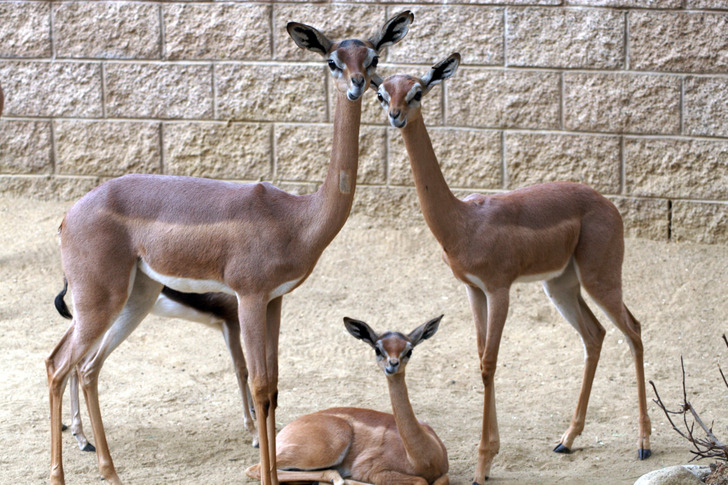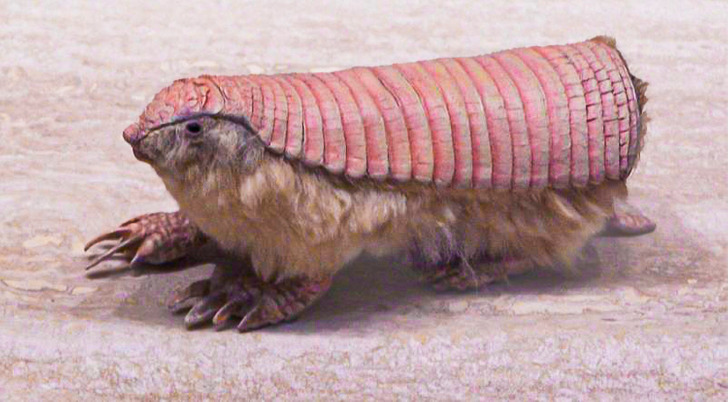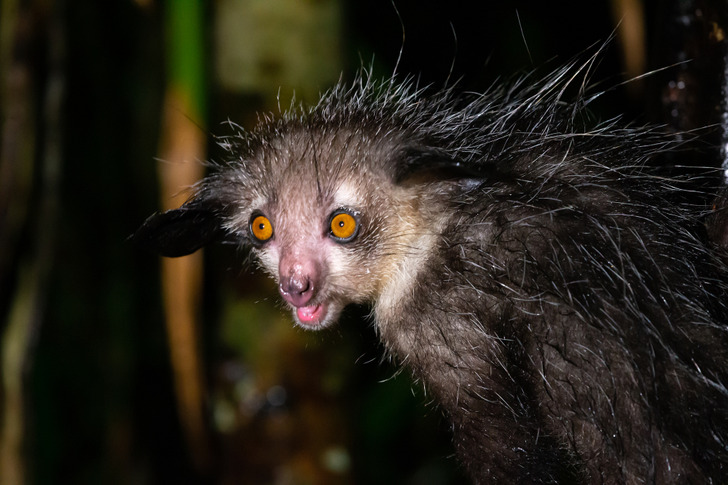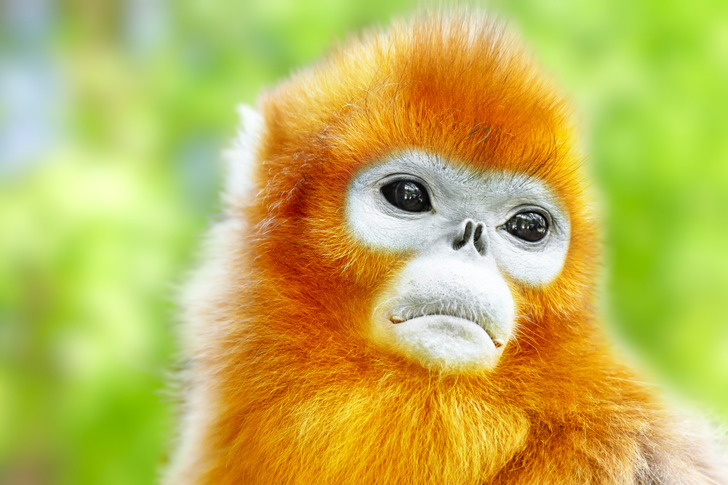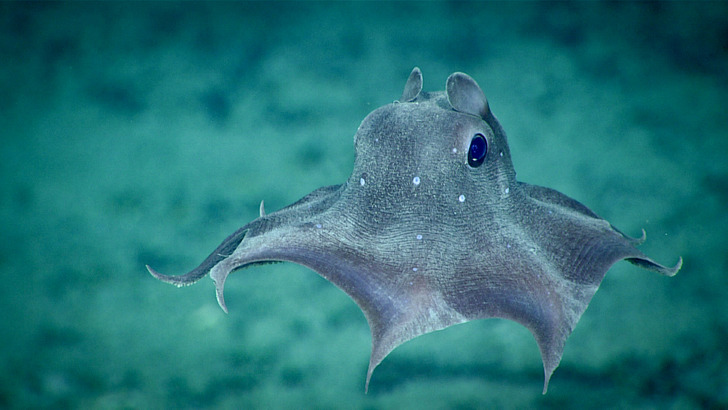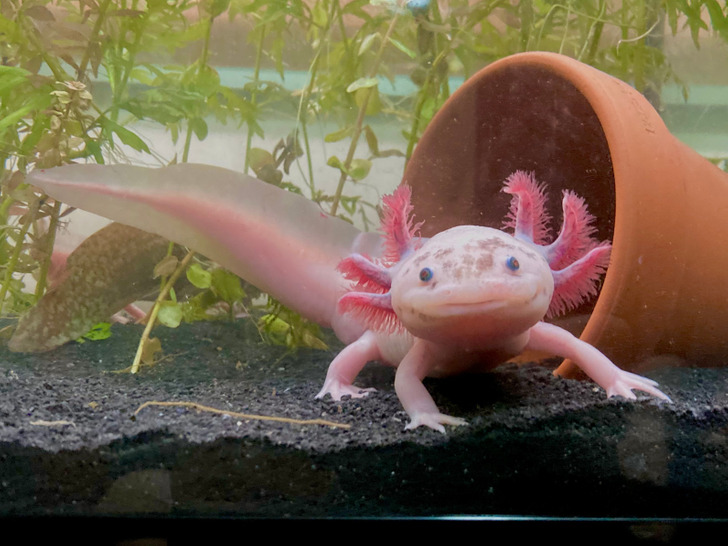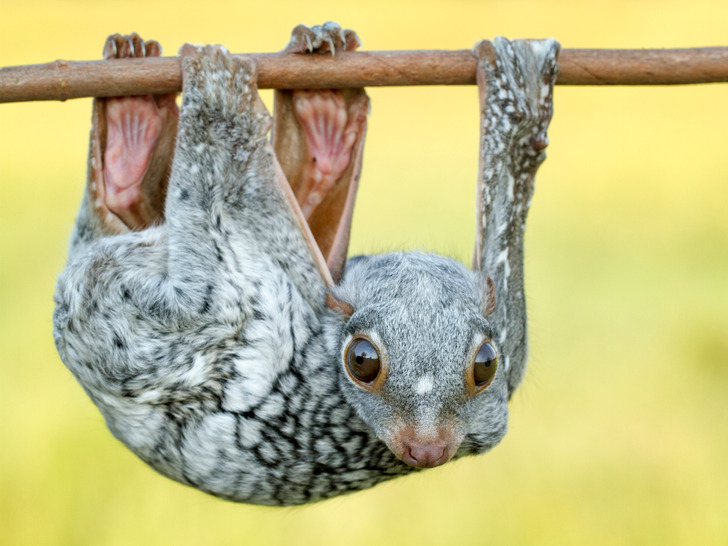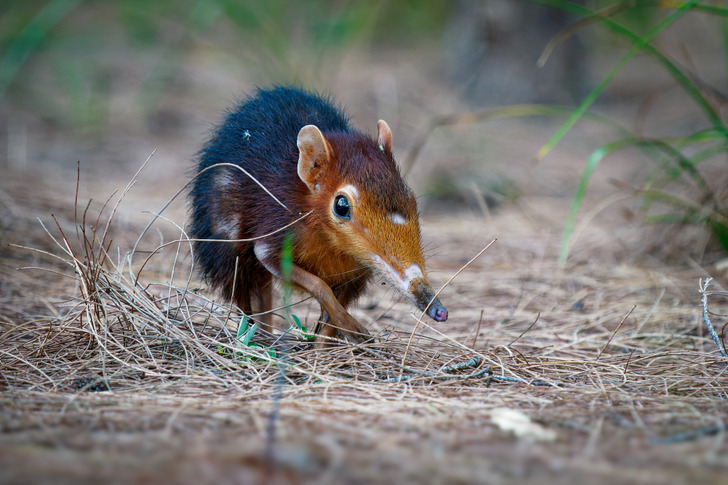12 Animals That Look Too Unusual To Be Real
Our life would be absolutely different without the animals around us. Most of us spend our time indoors without noticing the diversity of the fauna around us. It’s time to show you that Mother Nature is a genius that brought to life absolutely incredible creatures we couldn’t even imagine existed.
5-Minute Crafts made a compilation of the animals with the most surprising, weird, and even frightening and unique appearances.
1. Star-nosed mole
The muzzle of the star-nosed mole looks very strange: it seems like an octopus is living on its nose. Moving underground, the mole shakes its head all the time. So his nose can touch up to 12 different objects at the same time. Thanks to the star-like organ for smell, his brain receives 5 times more signals than a human brain receives from one hand.
It’s the only type of mole that lives in swamps. The star-nosed mole is also one of only 2 animals on the planet that can smell underwater. Moles blow air bubbles into the water and then suck them in with their noses.
2. Goblin Shark
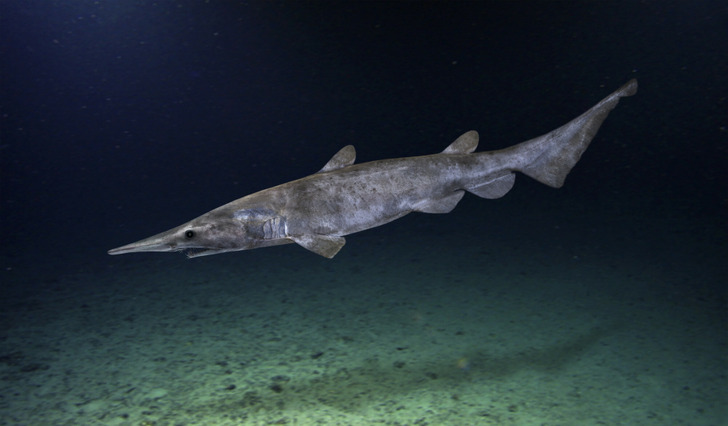
It is difficult to confuse the goblin shark with other sharks. It has a memorable appearance due to its elongated muzzle with protruding jaws. Translucent skin is also its characteristic feature. The goblin shark can extend its jaws for more efficient hunting. Some unique organs can also help it track down the victim. They are located on the muzzle and capture the electric field of other animals. The shark lives at great depths, so very little is known about it.
3. Shoebill
The most outstanding part of the body of the shoebill in every sense is its bill. Thanks to its structure, the bird has the opportunity to hunt large prey: fish, eels, and snakes. Sometimes they can even catch a baby crocodile or a Nile monitor. Shoebills can stand motionless for several hours to let their victim get as close as possible. Their hunting technique is called “collapsing”: they fall forward on their prey.
4. Saiga
Saiga is a medium-sized mammal that lives in treeless steppe regions. It has an unusual appearance due to its long and swollen snout. Its nostrils are directed downward. This helps saiga to warm the inhaled air and make it more moist. This outstanding anatomical feature may be related to its sharp sense of smell and may serve as a resonator for rutting calls.
5. Gerenuk
Gerenuk is an extremely long-necked antelope. In Somali, its name means “giraffe-necked.” Its head is disproportionally small, but its ears and eyes are large. It is able to feed at high reaches: it stands on its’ hind legs and extends its neck to reach the leaves of tall bushes. It can use its front legs to pull the branches down. Gerenuk prefer succulent plants.
6. Pink Fairy Armadillo
The pink fairy armadillo can fit in a human hand, and it is the smallest of the armadillo species. This tiny creature dwells in dry grasslands and sandy plains. The pink fairy armadillo lives a mole-like life: it spends almost all of its time underground. Sometimes at night, it may come to the surface to hunt. Its unique and unusual-looking features, like its sharp claws, the aerodynamic shape of its body, and its smooth shell, help it to dig into the sand and move underground quickly and unmistakably.
7. Aye-Aye
An aye-aye lemur is a species that is endemic to Madagascar. Due to its unusual appearance, it has become an omen of evil for the local dwellers. This nocturnal animal has big eyes and ears and slender fingers. The aye-aye uses its long middle finger to tap on the bark of trees. Then it listens to see if insect larvae are moving inside. The same middle finger is used to get them out and also to scoop the flesh out of fruits.
8. Golden Snub-Nosed Monkey
The Golden Snub-nosed monkey can tolerate extremely cold temperatures as it dwells in cold and snowy mountainous areas. This animal got its name because of its unique nose structure. Some scientists believe that a nose with big nostrils and a small amount of soft tissue helps the monkey to avoid frostbite, but the exact reason remains unknown.
The Golden Snub-nosed monkey spends most of its time in the trees living an arboreal way of life. Its strong limbs allow it to move easily on tree trunks and branches: it can travel miles without touching the ground.
9. Dumbo Octopus
The Dumbo octopus got named after the Disney character — Dumbo the elephant with enormously big ears. The animal uses its ear-like fins to move in the water. Its webbed tentacles are used to steer. Dumbo is the deepest-living species of octopuses.
Due to living in extreme depth, it is adapted to cold temperatures and the absence of light. The octopus doesn’t have an ink sac because the possibility of meeting predators in the depth is very small.
10. Axolotl
An axolotl is a small salamander originating from one lake in Mexico. An axolotl’s mouth is always upturned — the animal looks like it’s constantly smiling. Its gills are spread around its head and look like a mane. But the animal not only has a unique appearance but also an impressive ability — it can regenerate limbs and keep its body “young.” It never starts metamorphosis and remains in the juvenile stage. The adult axolotl has both gills and functional lungs. In addition, it can breathe through its skin!
11. Flying Lemur
The flying lemur looks similar to the flying squirrel: they practice an arboreal lifestyle and also have the ability to glide thanks to their webbed feet. However, with its head shape and nocturnal lifestyle, it’s similar to a lemur — hence its name. The long legs and tail of the flying lemur are connected by folds of skin resembling the wings of a bat. When an animal moves from tree to tree, it jumps with its limbs apart, the folds straighten out, and the lemur glides above the ground.
12. Black and Rufous Elephant-Shrew
The Black and rufous elephant shrew is a tiny furry mammal with a multi-colored coat: brown and red on the head and front half and black on the back half. Its unique, distinctive feature is a long proboscis. The animal uses it to scatter fallen leaves and dig the ground, searching for edible insects. It also has a long tongue to gather bugs.
Have you seen any of these animals? What animal species do you consider to have the weirdest and most unusual look?
